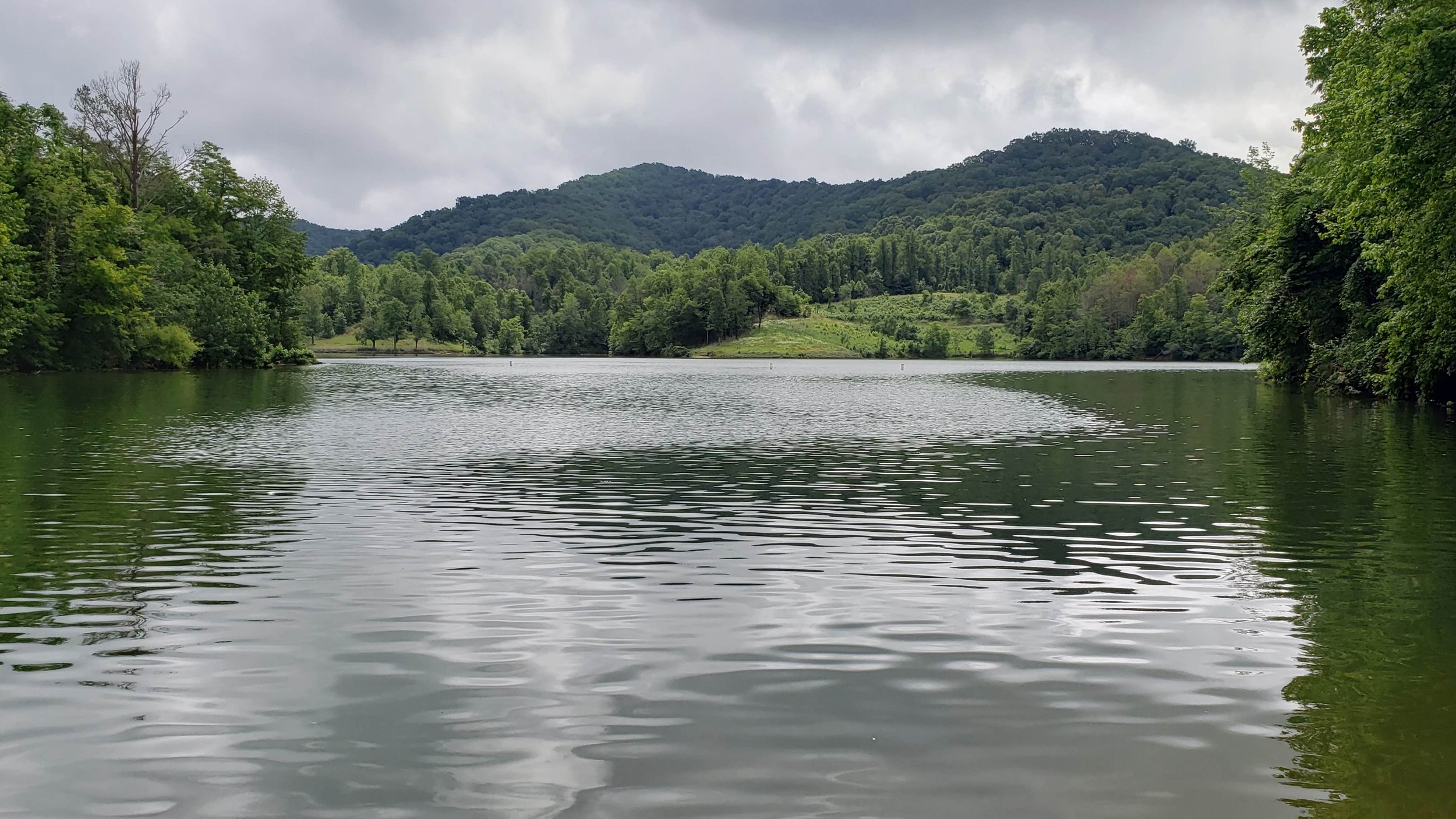Muskie Fishing at Dewey Lake: Early Beginnings and Today’s Success
Dewey Lake, located in eastern Kentucky as part of Jenny Wiley State Park, has a rich history when it comes to muskie fishing. This 1,100-acre reservoir has seen its fair share of ups and downs in its quest to become a premier Muskie fishing destination. Let's explore the lake's journey from experimental tiger Muskie stocking to its current status as an up-and-coming pure strain Muskie fishery.
The Tiger Muskie Era: 1975-1985
In 1975, the Kentucky Department of Fish and Wildlife Resources (KDFWR) embarked on an ambitious project to introduce tiger muskies—a sterile hybrid of northern pike and muskellunge—to Dewey Lake. Over the next decade, approximately 2,000 of these striped predators were stocked in hopes of creating a thriving fishery.
Despite high hopes, the tiger Muskie experiment fell short of expectations. By the mid-1980s, it became clear that these hybrids weren't thriving in Dewey Lake's conditions. Poor growth, low survival rates, and minimal angler success led to the discontinuation of the program in 1985.
The highlight of this era was a state record catch: a 13-pound, 12-ounce tiger Muskie landed by James Mollet in 1981. While impressive, this catch wasn't enough to sustain the program.
The Transition: A Return to Native Species
After the tiger Muskie project's conclusion, Dewey Lake returned to its roots as a bass, crappie, and catfish fishery. However, the dream of establishing a thriving muskie population didn't fade away entirely.
In a pivotal move, the KDFWR began stocking pure strain silver muskellunge (Esox masquinongy ohioensis) in Dewey Lake in 2014. This decision marked a return to the lake's native species, as Dewey Lake falls within the natural range of muskies in Kentucky.
The Pure Strain Success: 2014-Present
Since 2014, the KDFWR has been consistently stocking hundreds of pure strain muskies in Dewey Lake when possible. This effort has started to pay off, transforming the lake into a promising muskie fishing destination.
Anglers are now reporting catches of impressive size. In 2020, a video surfaced of a bass fisherman hooking a 38-inch Muskie on Dewey Lake, showcasing the potential of this emerging fishery.
As of March 2025, the Muskie population in Dewey Lake is rated as fair, with legal-sized fish present but in relatively low numbers. The fishery is maintained through annual stockings and natural reproduction.
Fishing Tips for Dewey Lake Muskies
For those looking to try their luck at Dewey Lake, here are some tips:
Focus on the backs of larger coves and shallow banks.
Look for weed beds and standing timber, as these are prime muskie habitats.
Be aware of the new size regulations: as of the 2024-25 fishing license year, there's a 40-inch minimum size limit on muskies in Dewey Lake.
The Future of Muskie Fishing at Dewey Lake
While Dewey Lake may not yet rival the trophy potential of Cave Run Lake—where the state record 47-pound muskie was caught in 2008—it's certainly a water body to watch. With 52 miles of shoreline and ample deep water, Dewey Lake has the potential to become a significant muskie fishing destination in Kentucky.
As we look to the future, it's clear that the switch from tiger muskies to pure strain muskellunge has been a success. While the hybrid experiment of '75 didn't pan out, it paved the way for today's thriving pure strain population. For muskie enthusiasts and anglers seeking a new challenge, Dewey Lake is definitely worth a visit.
Let us know in the comments if you’ve caught a Muskie at Dewey, or if you plan on trying!





